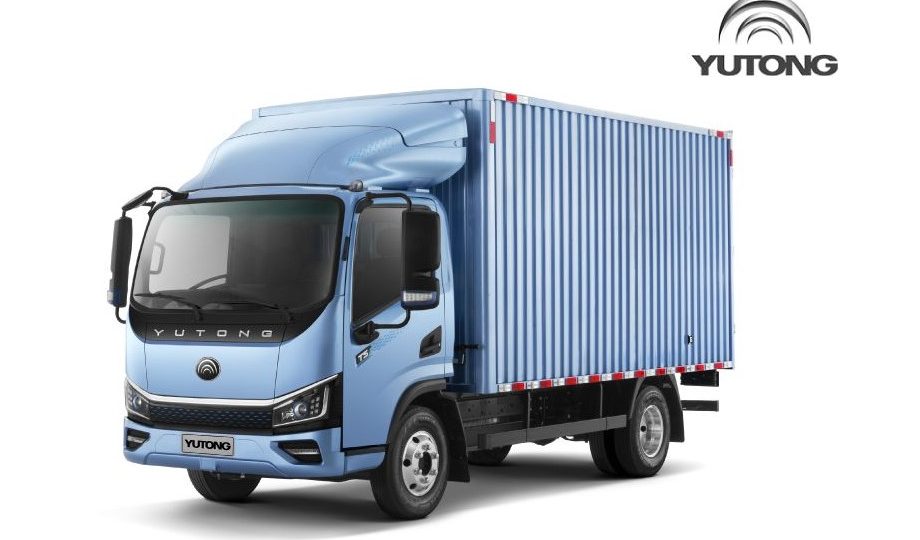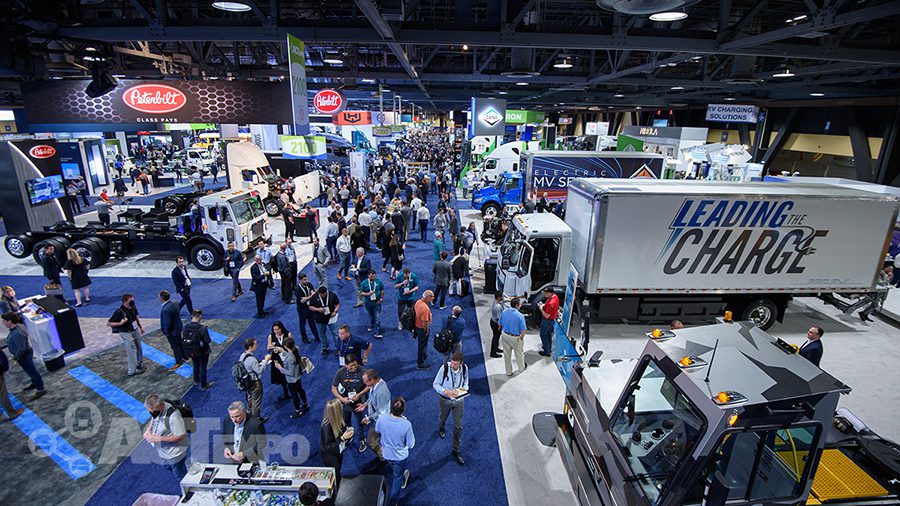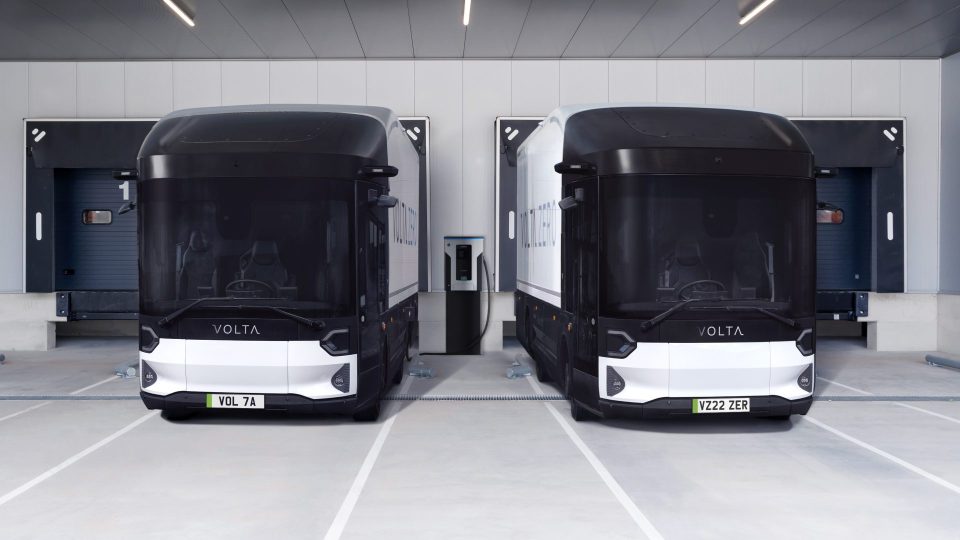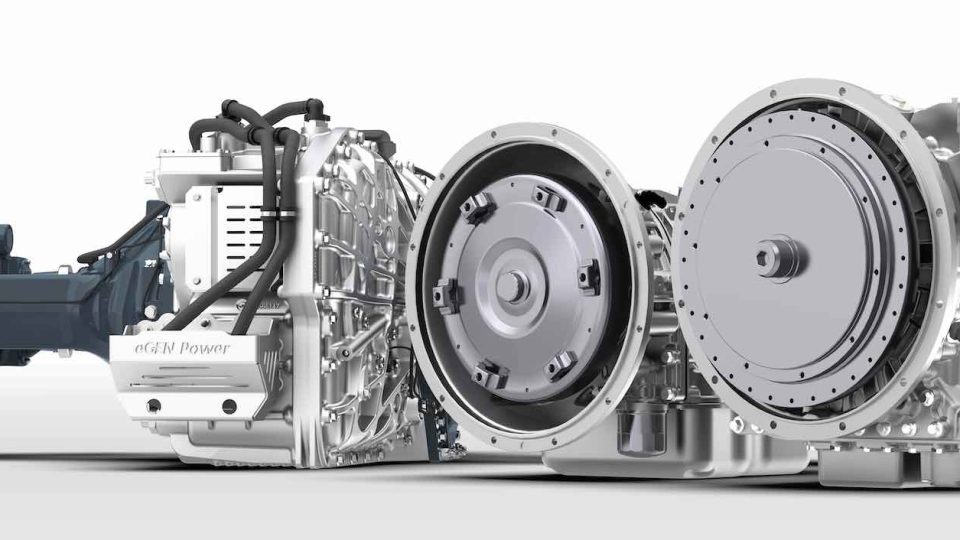Sisu: first hybrid truck with Mercedes and Visedo
Sisu goes hybrid Sisu, along with Mercedes and Visedo, crosses the threshold of hybridization for heavy vehicles. The onboard supercapacitors provide one kilowatt-hour, but can reach up to 2 kWh. We are getting more and more used to hearing about hybridization of the cinematic chain. But with heavy trucks, the transition is not obvious. The […]
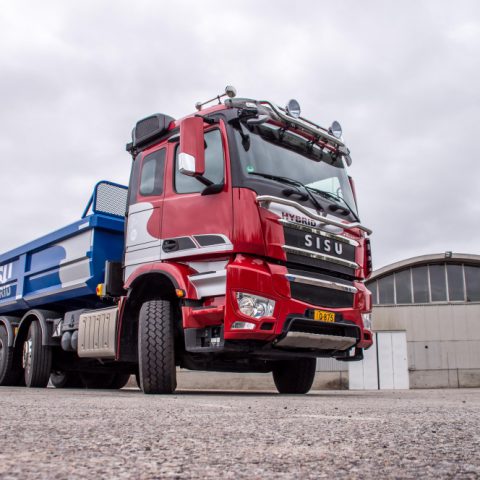
Sisu goes hybrid
Sisu, along with Mercedes and Visedo, crosses the threshold of hybridization for heavy vehicles. The onboard supercapacitors provide one kilowatt-hour, but can reach up to 2 kWh. We are getting more and more used to hearing about hybridization of the cinematic chain. But with heavy trucks, the transition is not obvious. The key is transient moments, ie those situations in which the engine is asked to give its best. Because it is when the truck rides through endless ups and downs, that the diesel shows its limits, mainly in terms of consumption. A few seconds of thrust, but featuring the best that electricity can guarantee.
With these assumptions, the hybrid of Sisu, a Finnish builder accustomed to running its trucks through rigid sub-polar climates, is born. The idea behind it is very simple. An electric engine that supports a diesel one when fluid dynamics penalizes it the most.
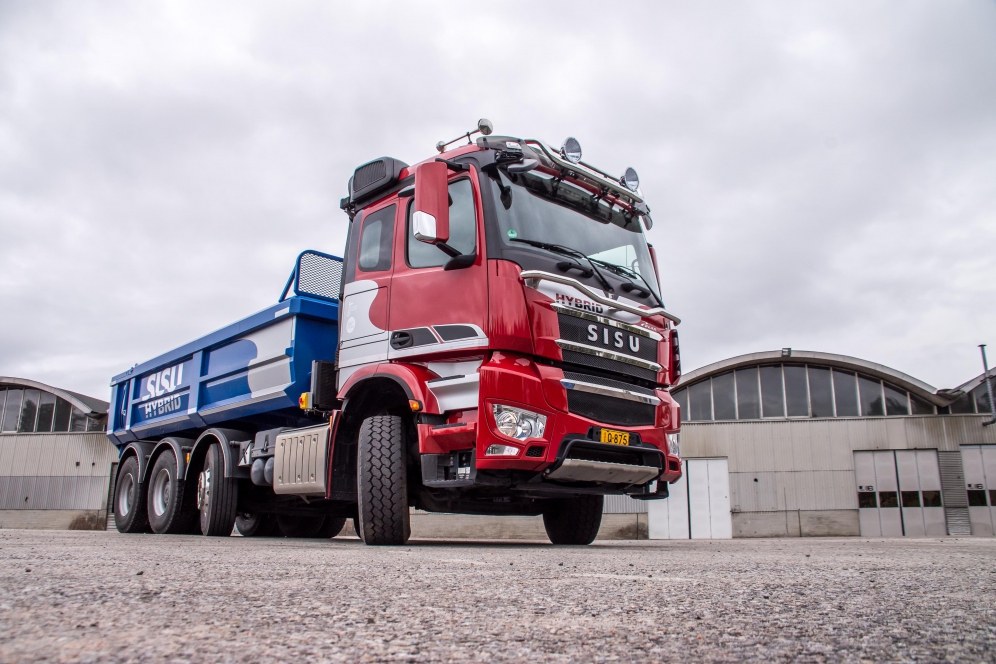
Sisu’s hybrid strategy
The solution is a mix of direct and indirect action. Direct because the 200 kW supplied by the electric are 200 kW saved from diesel. Indirect because the electric push allows the diesel to get to optimal conditions more quickly. The electric is positioned in series with respect to diesel, immediately after the clutch. It is thus possible to detach the diesel engine, to go full-electric for maneuvers and precision movements, facilitated by the joystick control.
When necessary, however, the electric engine supports the endothermic by delivering the aforementioned thrust (up to a self-limited maximum of 200 kW) up to a maximum of about 20 seconds. In the total mass balance, the hybrid configuration weighs 300 kilograms more.
Mercedes heart
Talking about the endothermic engines, Sisu relies on two latest-generation Mercedes families. First, come the six in-line cylinders and 12.8 liters of the OM471 series. These are available in 5 calibrations with power ratings between 310 and 390 kW at 1,600 rpm, and relative torque between 2,100 and 2,600 Nm at 1,100. the injection system is the second generation X Pulse, the injection pressure in the rail reaches 1,160 bar, 2,700 approaching the injectors. Euro VI-compliant, it features Egr, Scr and Dpf. For supercharging, Mercedes relies on a in-house made asymmetric turbocharger.
Going up we meet the OM473, the same number and configuration of the cylinders, but with 15.6 liters. Power configurations provide 380, 425, 460 kW, with torque from 2,600, 2,800 and 3,000 Nm. X Pulse and decompression engine brake with maximum power of 475 kW.
Electric know-how
On the other hand, the Finnish, and young, Visedo (Danfoss group) proved to be a perfect partner (also geographically). The super capacitor is their creation, as well as the PowerDrum XSe, a synchronous reluctance assisted permanent magnet engine. The main qualities are high efficiency, reliability and high torque even at higher revs. In engine mode it has a power of 200 kW and a torque of 1,600 Nm, as a generator exceeds 220 kW. Sisu says that everything is customizable on the needs of customers. The inverter is a 300 kW (continuous) PowerMaster Mframe.



